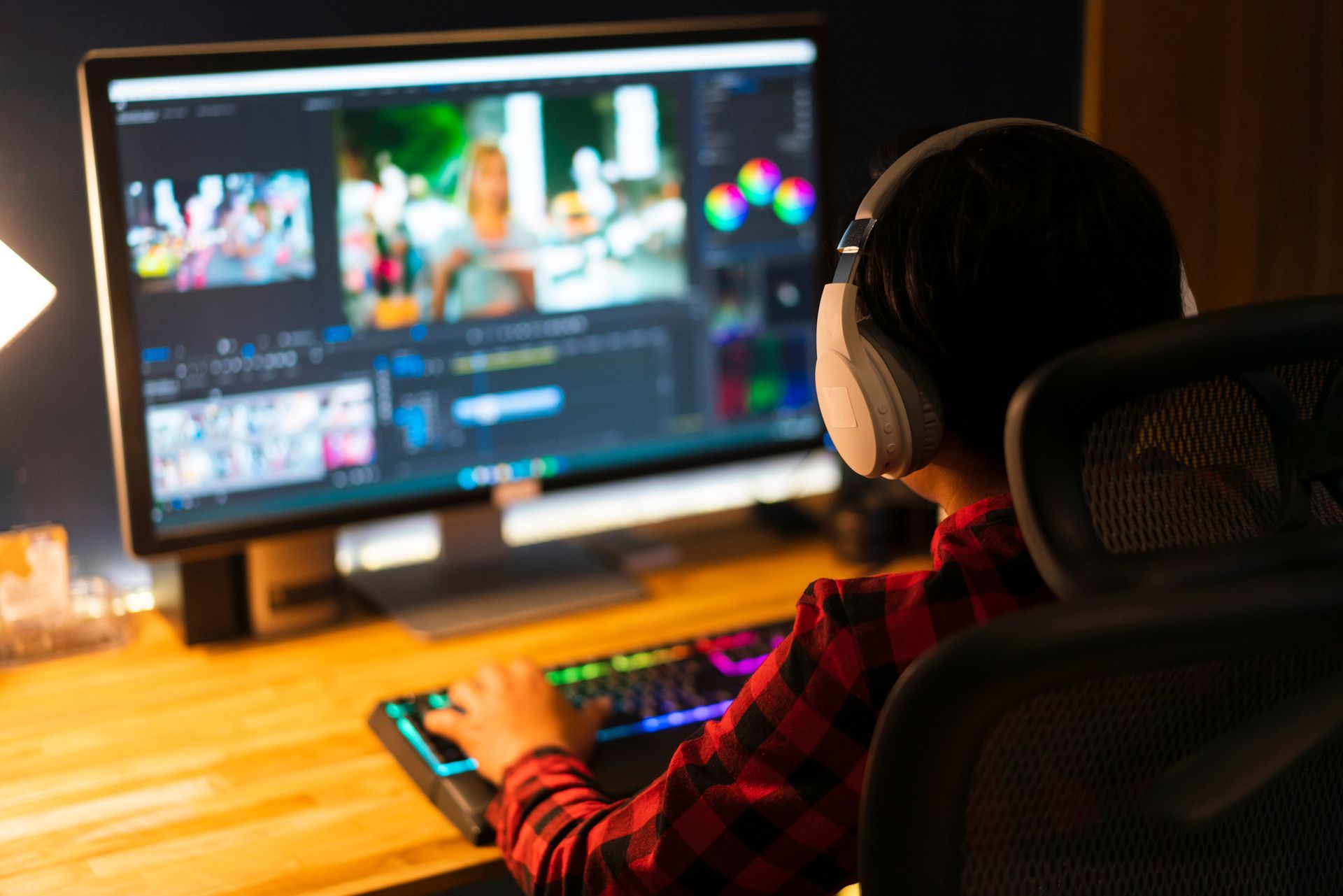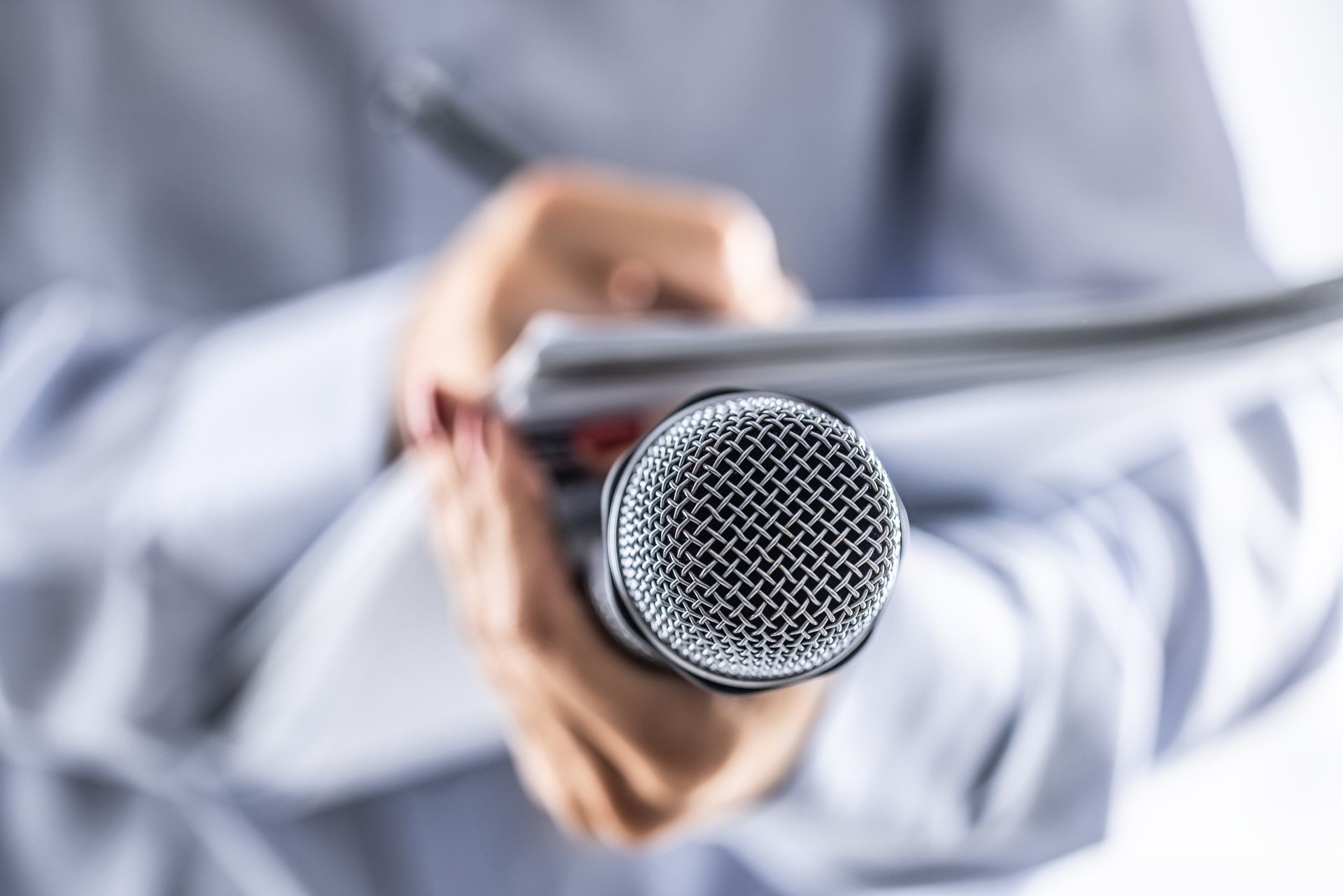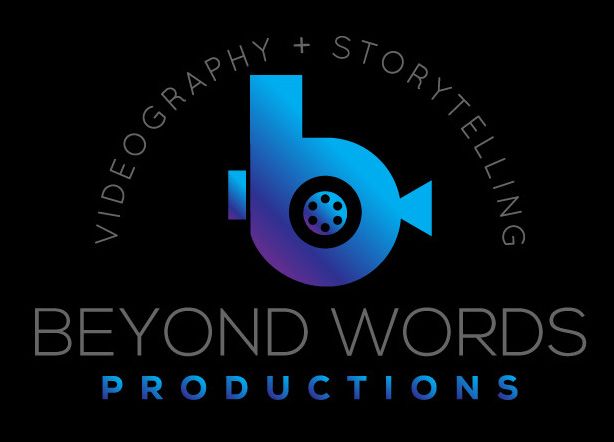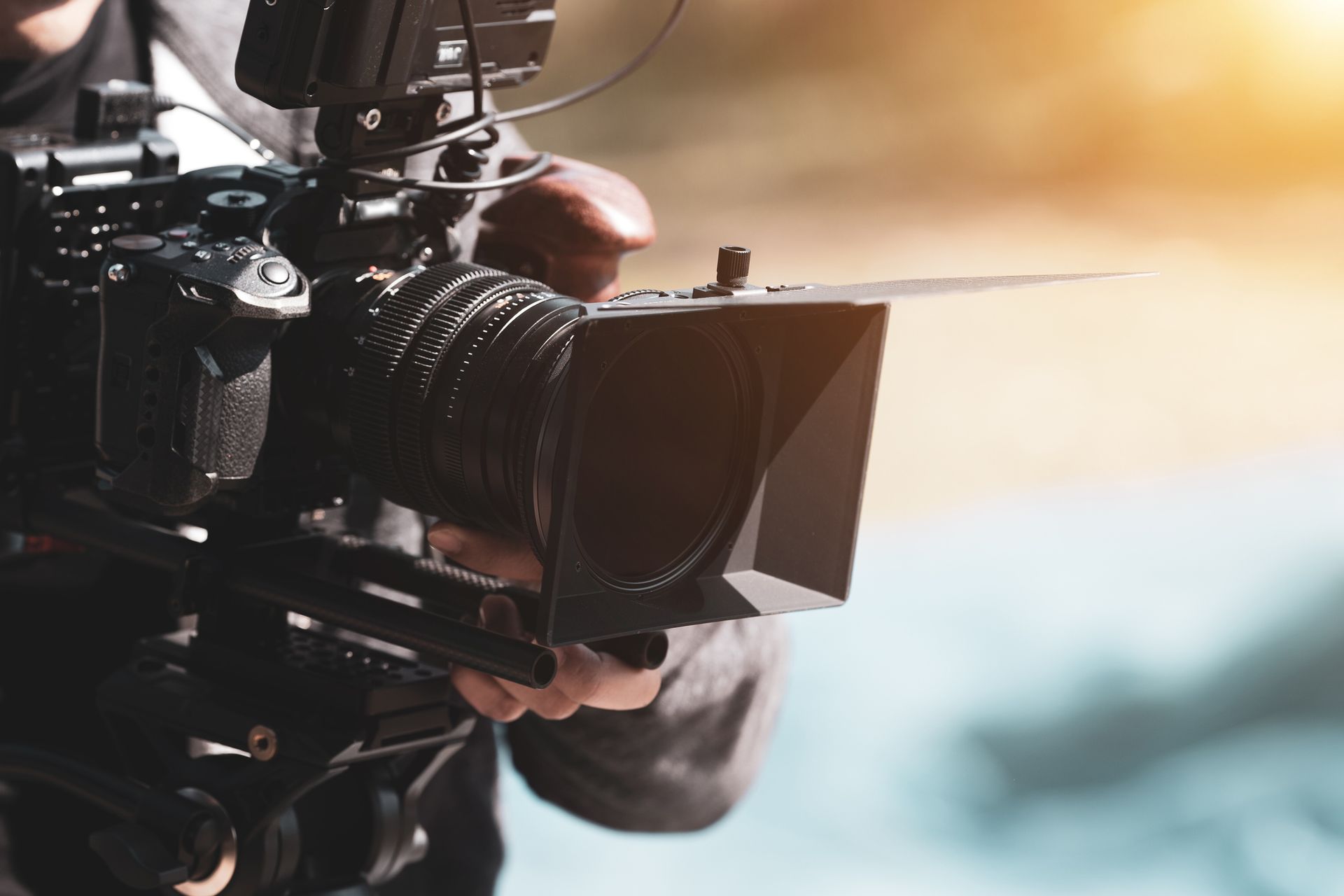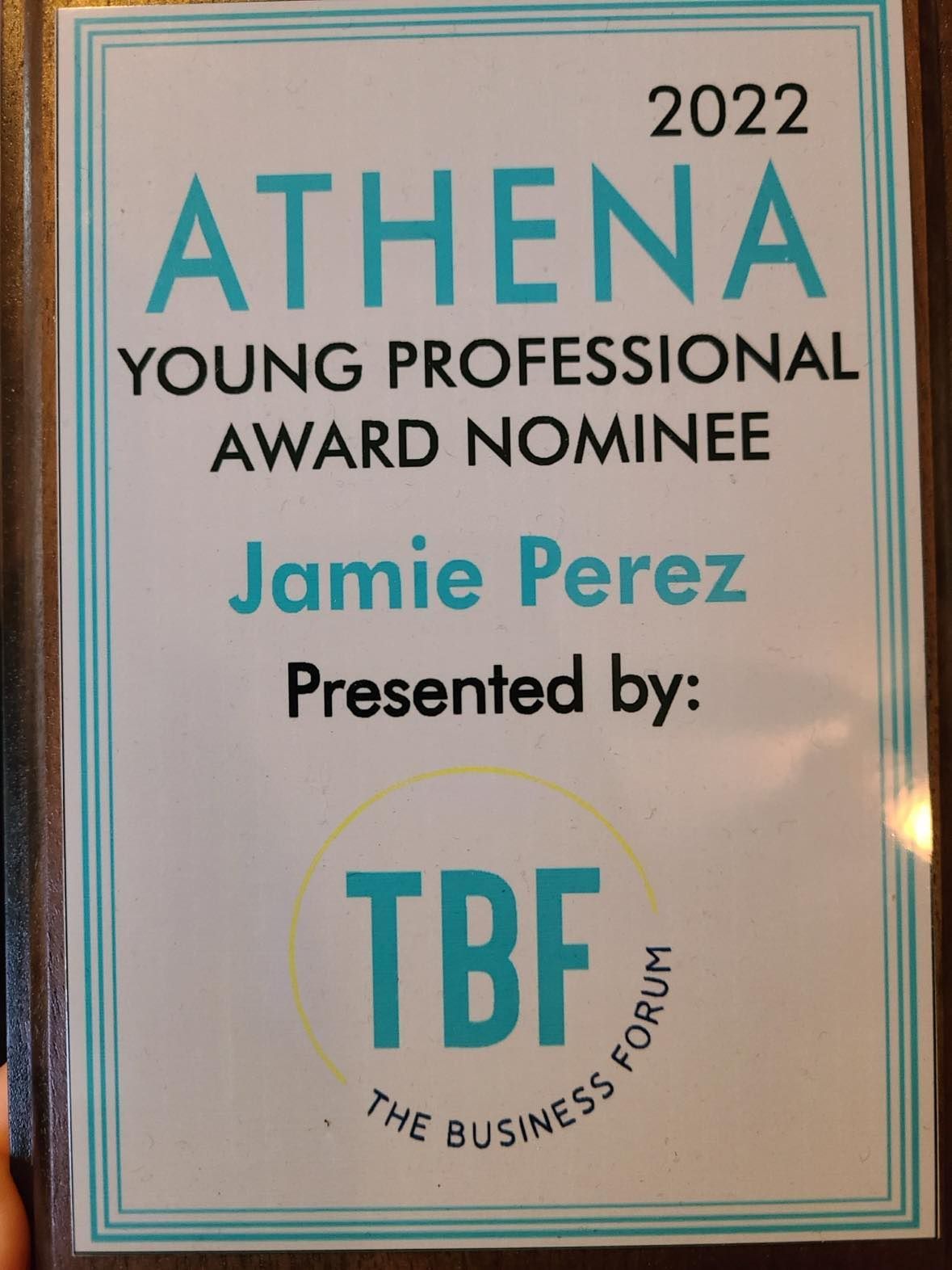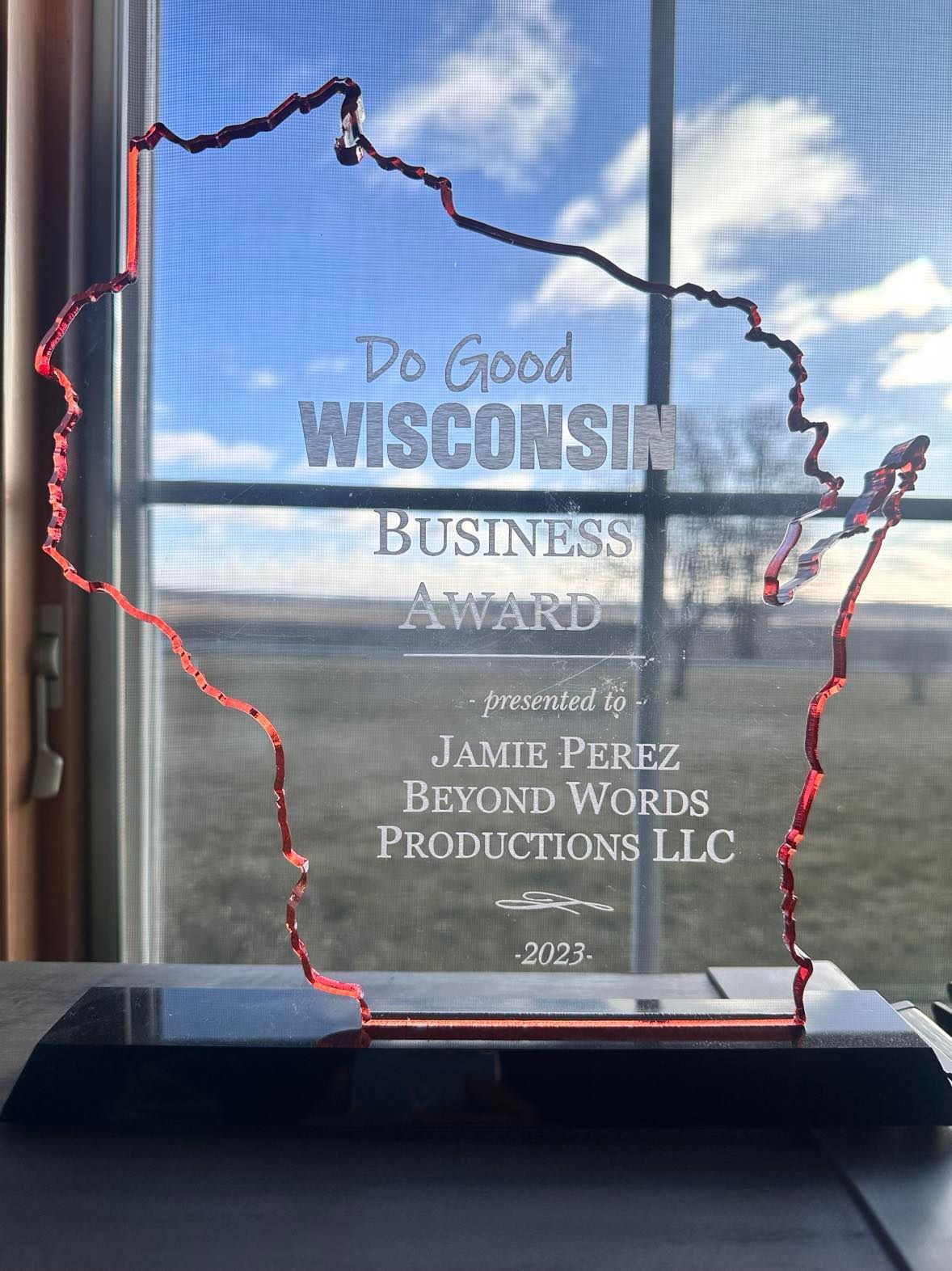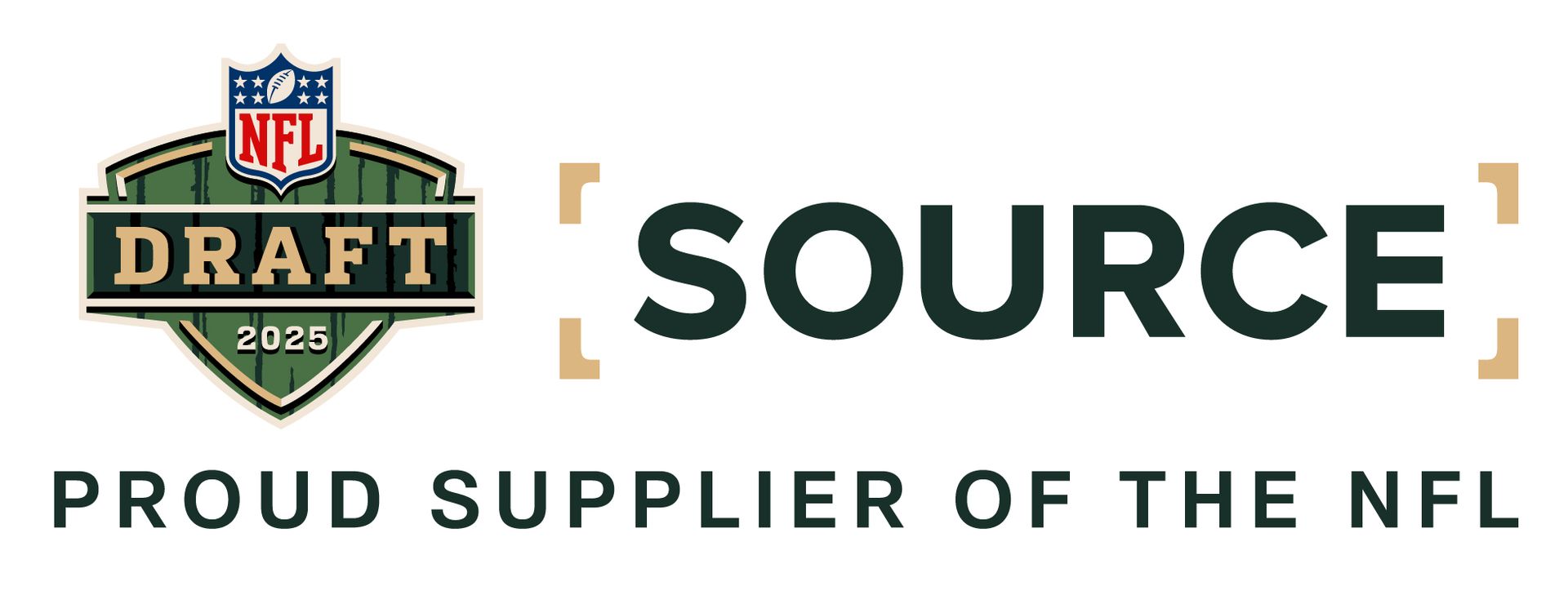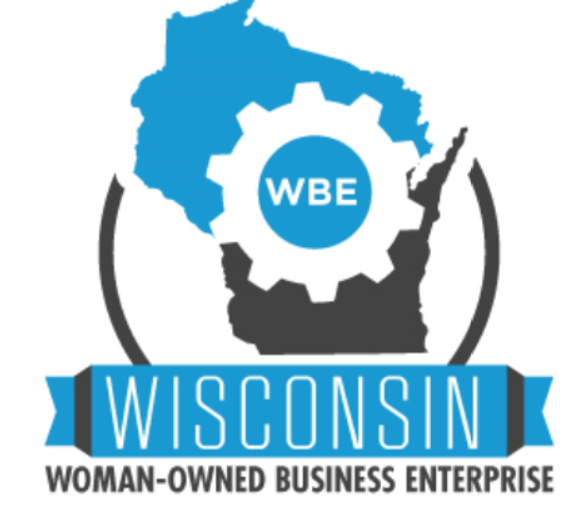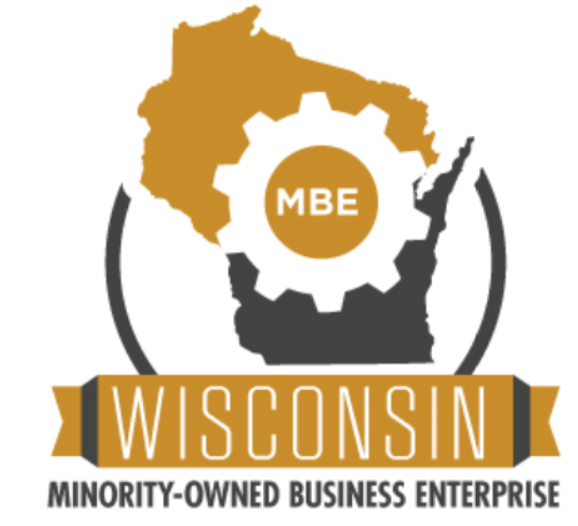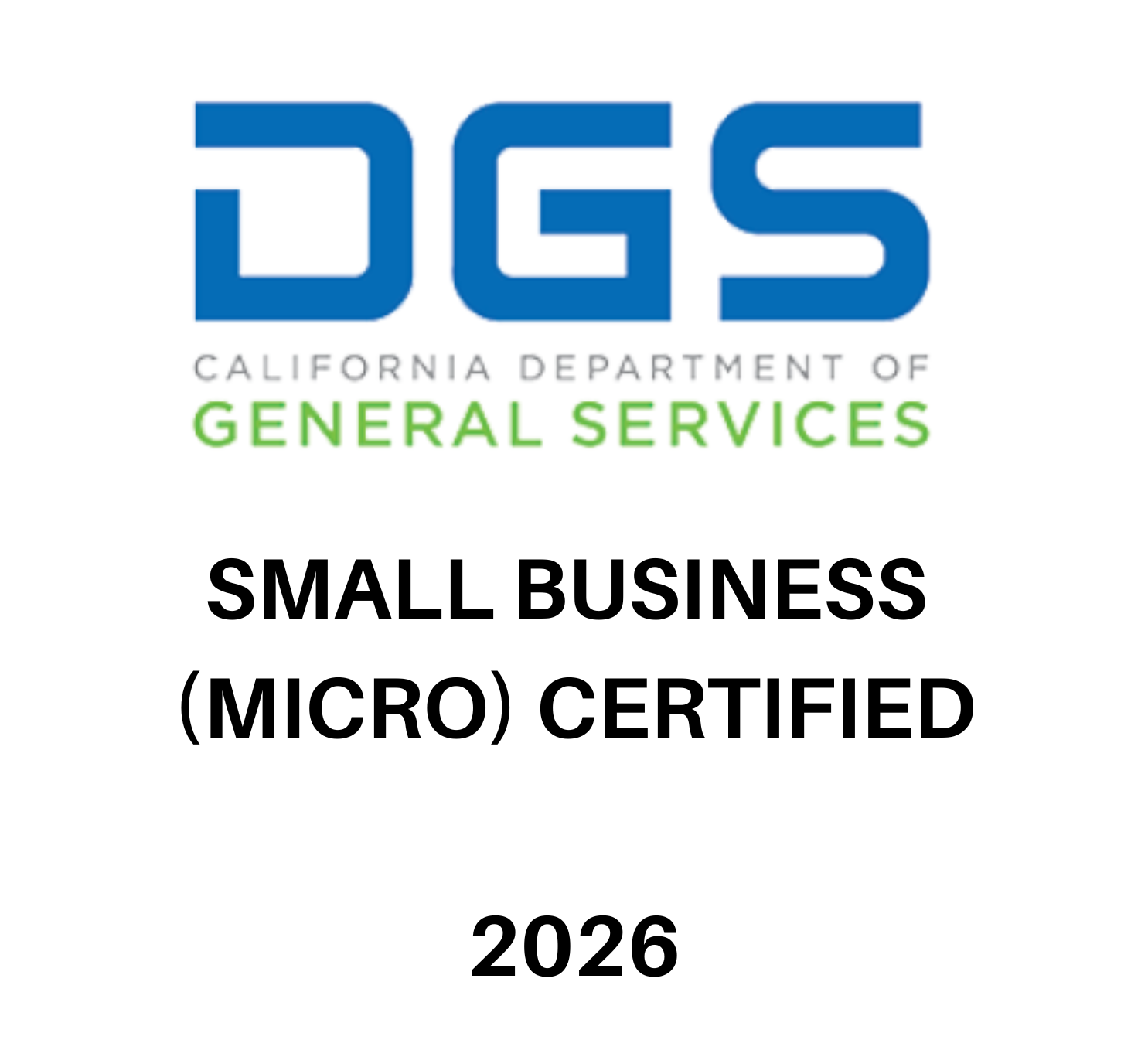Soaring to New Heights: How Drone Videos Elevate Your Business Content
Drone video is a game-changing tool that has wowed the world since its inception. From breathtaking aerial shots to captivating bird’s-eye perspectives, drone videos add a unique and compelling dimension to your content.
Unleashing Creativity and Visual Appeal
One of the most striking advantages of incorporating drone footage into your business videos is the ability to tap into unparalleled creativity. Drones provide a bird's-eye view, allowing you to showcase your products, services, or locations in ways that were once reserved for big-budget productions. Whether it's capturing the sprawling landscape of your real estate development or showcasing the intricate details of your manufacturing process from above, drone videos offer a fresh and visually appealing perspective that instantly grabs your audience's attention. ( Here’s a video we created highlighting an outdoor program for kids in Dane County, Wisconsin)
Cinematic Storytelling
Every successful business video tells a story, and drone footage is a powerful tool for enhancing your narrative. By seamlessly weaving in high-quality aerial shots into your content, you're able to set the scene, establish context, and guide your viewers through a compelling journey. Whether you're unveiling a new product, sharing your brand's history, or showcasing a behind-the-scenes glimpse of your operations, drone videos add a cinematic flair that transforms your message into an immersive experience.
Showcasing Scale and Scope
Incorporating drone videos can also serve as a potent means of conveying scale and scope. If your business operates in a large area or boasts extensive facilities, drone shots can provide a comprehensive view that would be nearly impossible to capture otherwise. Whether it's revealing the vastness of a corporate campus, the expanse of a farmland, or the intricate layout of an event space, drone videos lend a sense of grandeur that resonates with viewers.
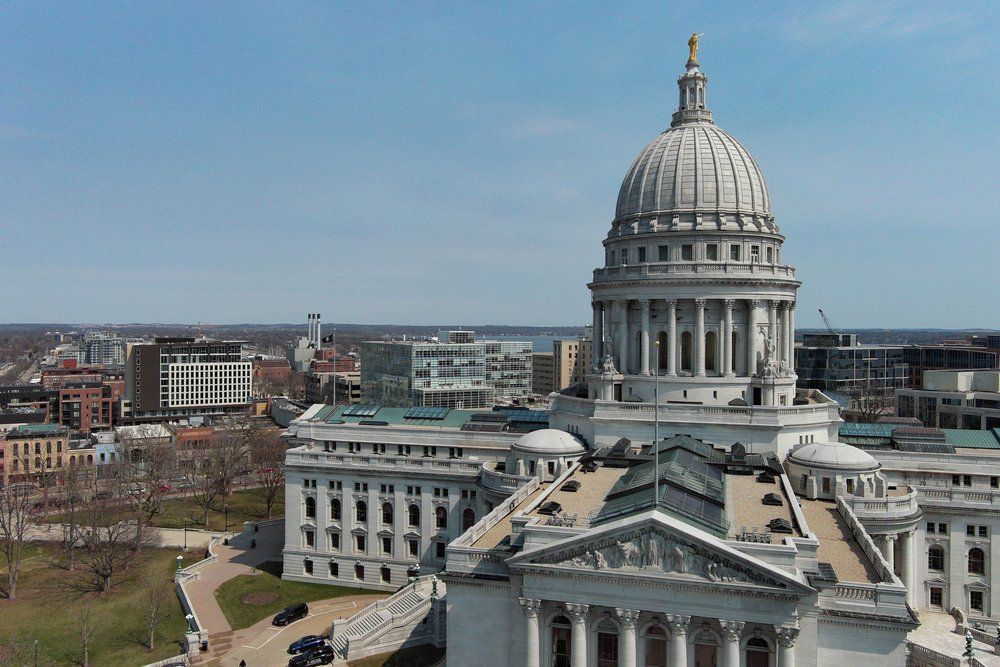
Drone photo showing off the State Capitol Building in Madison, WI
Engaging and Memorable Content
In a world saturated with content, the struggle to stand out is real. Drone videos offer a solution by providing content that's inherently engaging and memorable. The sweeping visuals, dynamic movement, and unique angles create a lasting impression on your audience. This heightened engagement not only increases the likelihood of your message being retained but also fosters a stronger emotional connection with your brand.
A Final Takeoff
As the business landscape continues to evolve, integrating drone videos into your content strategy becomes more than just an option – it's a strategic advantage. The ability to capture stunning visuals, enhance storytelling, showcase scale, and create engaging content positions drone videos as a valuable asset in your marketing arsenal. So, if you're looking to take your business videos to new heights, consider soaring into the realm of drone footage – the sky is truly the limit.
